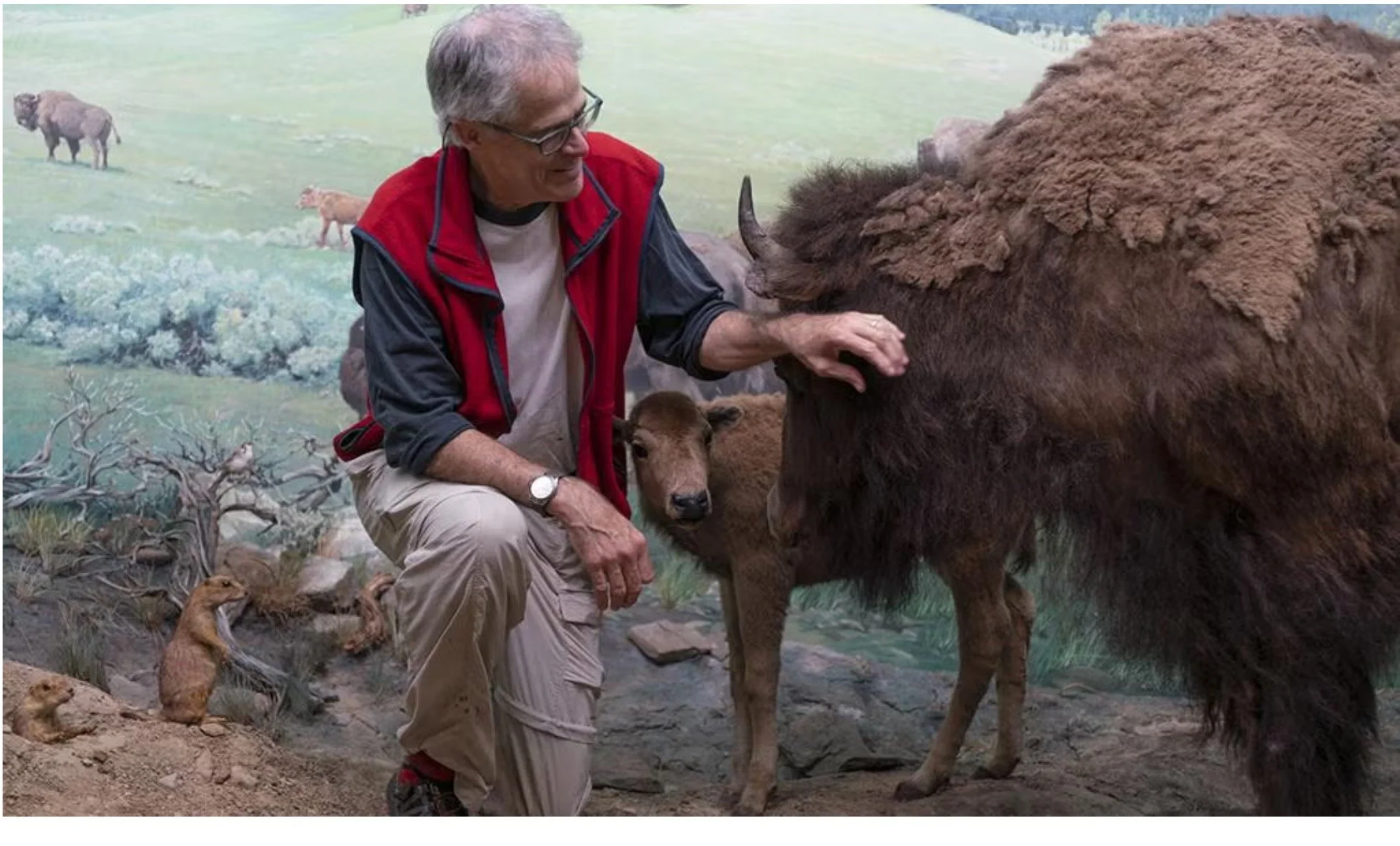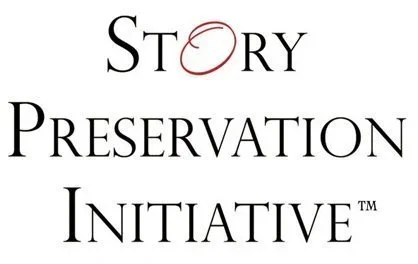Revisiting the Wild – A Mid-Summer Look Back
Yale Peabody Museum preparator Michael Anderson (Photo credit: Beatrix Roeller)
The Dioramas of James Perry Wilson and Ralph Morrill
As we look ahead to the start of the academic year, we’re also taking a moment to look back, revisiting stories from years past and a body of work that continues to educate, inspire, and astonish.
Here’s one we think you’ll like:
In 2013, Story Preservation recorded Ruth Morrill, widow of Ralph Morrill, at Yale—along with Yale’s Peabody Museum of Natural History preparator Michael Anderson—to talk about the dioramas of James Perry Wilson and Ralph Morrill, considered by many to be among the most legendary in natural history exhibition. You can link directly to SPI’s recording here.
Ruth wasn’t just a witness to the process; she worked alongside her husband and Perry, as he was known, and knew the craft from the inside. Michael led the session, though his voice isn’t heard in the final recording. It’s Ruth we hear—sharing her memories and knowledge of an extraordinary collaboration.
Perry painted the backgrounds for all eleven of Peabody’s signature North American wildlife dioramas. Ralph crafted the three-dimensional foregrounds, working closely with Wilson to create a seamless transition from painted backdrop to sculpted foreground. Stand in front of a Wilson/Morrill diorama, and it feels like you’re looking into miles of landscape.
Like so much else in the world, it’s math that makes the illusion hold.
The Art and Science Behind the Glass
Behind the beauty is a deep foundation of geometry and perspective. Wilson’s use of a dual-grid graphic system made it possible to translate vast outdoor scenes onto curved indoor walls with mathematical precision. An article by Ruth Morrill explaining this layout system is available on her SPI page.
From 2016 to 2019, Michael led a full restoration of all eleven Peabody dioramas, some more than 75 years old, with elements dating back over 130 years. Earlier, he had restored several, including the Alaskan Brown Bear and Bison (both shown), often working in public view. His meticulous efforts preserved Wilson’s original painting techniques, including the use of the dual-grid perspective and carefully matched tie-in colors, as well as Morrill’s sculpted and layered foregrounds. The work continues, with ongoing attention to backdrop stabilization, foreground renewal, and accurate color correction guided by original documentation and field reference.
This recording offers a glimpse into the richness of the collection, where art, science, and lived experience come together.
About Story Preservation
Our Mission: Story Preservation Initiative believes in the transformative power of story to connect people around our common humanity and create a better future.
Our Work: We are a leading producer and online distributor of original, content-rich audio-based narratives for K-12 students. SPI stories are the raw materials of history, roadmaps to scientific discovery, and windows to the minds of artists and skilled tradesmen and women.
What We Achieve: SPI brings listeners into personal contact with extraordinary people whose stories engage their hearts and minds, imparting content knowledge and fostering curiosity, creativity, and critical thinking as they open doors to possible career paths in professions associated with the arts, sciences, humanities, and skilled trades. We are fully open-source.
When educating the minds of our youth, we must not forget to educate their hearts.
Visit us here www.storypreservation.org



